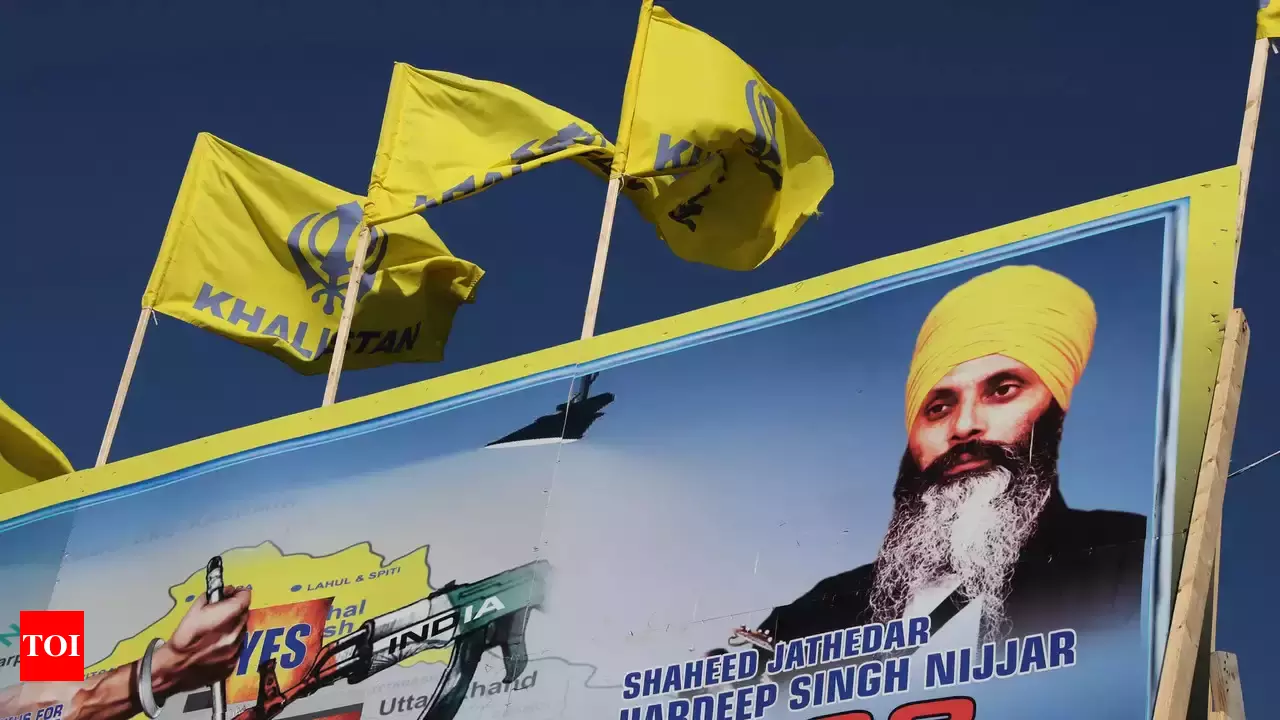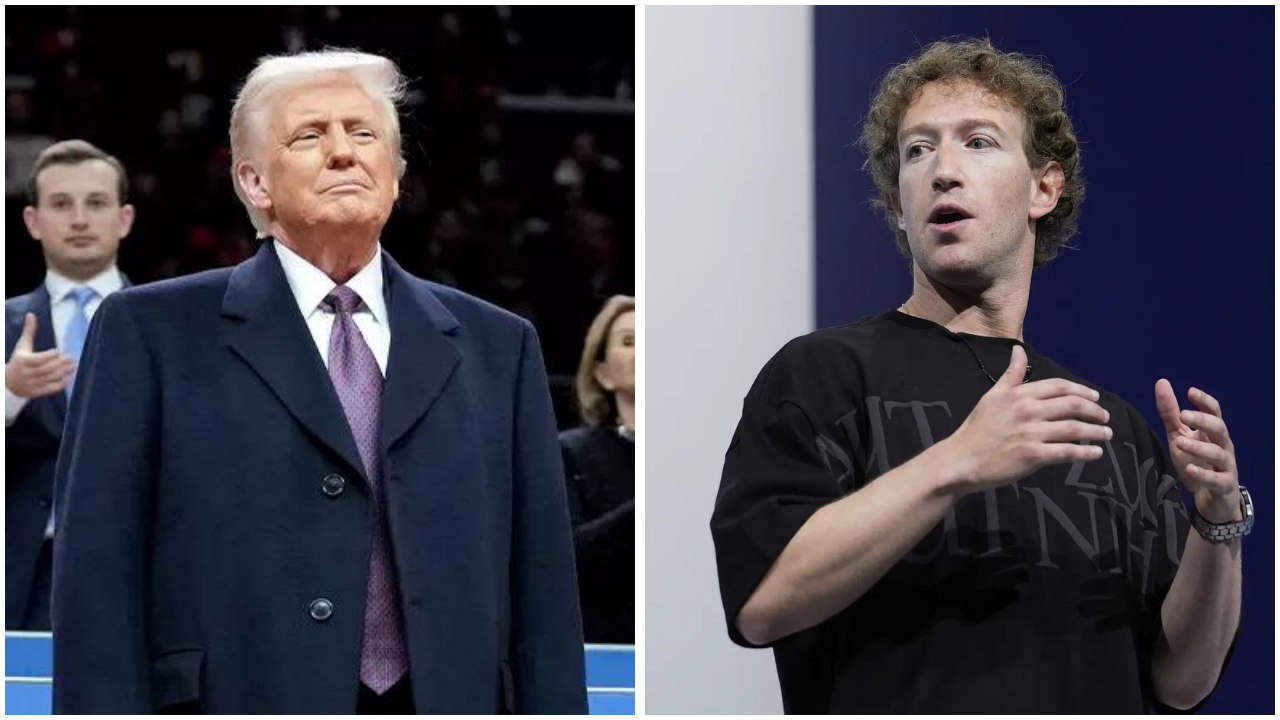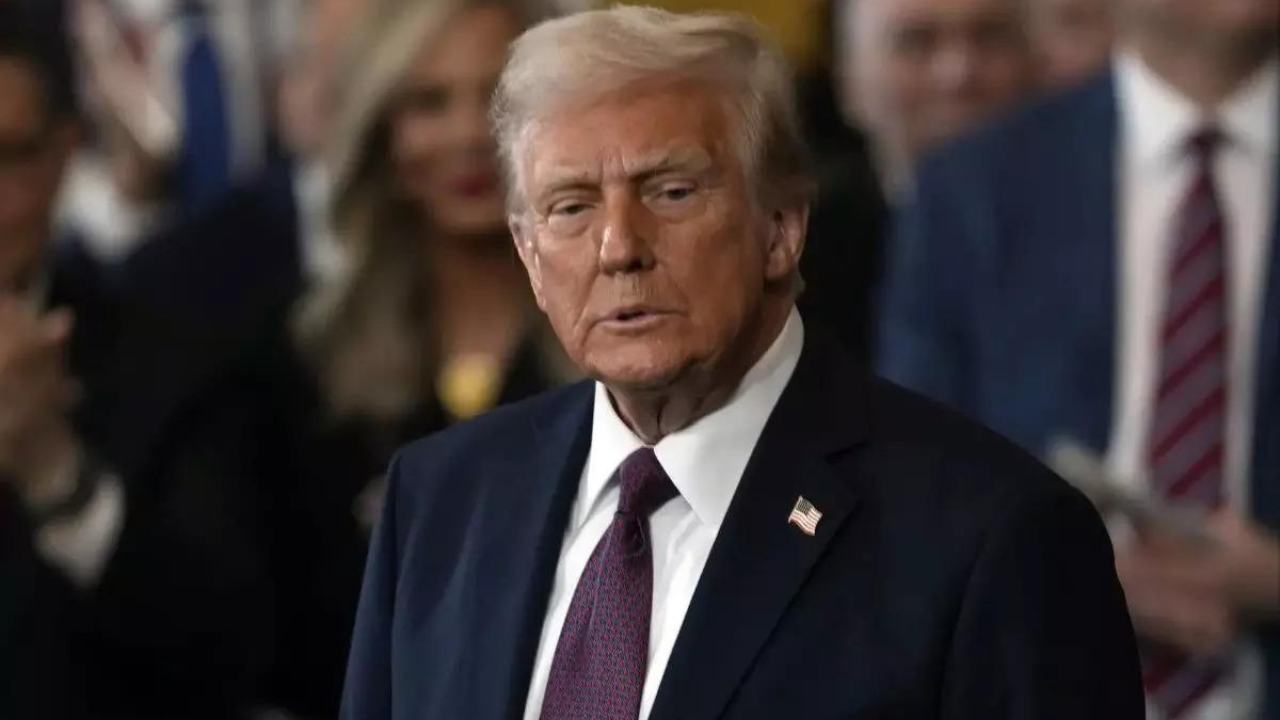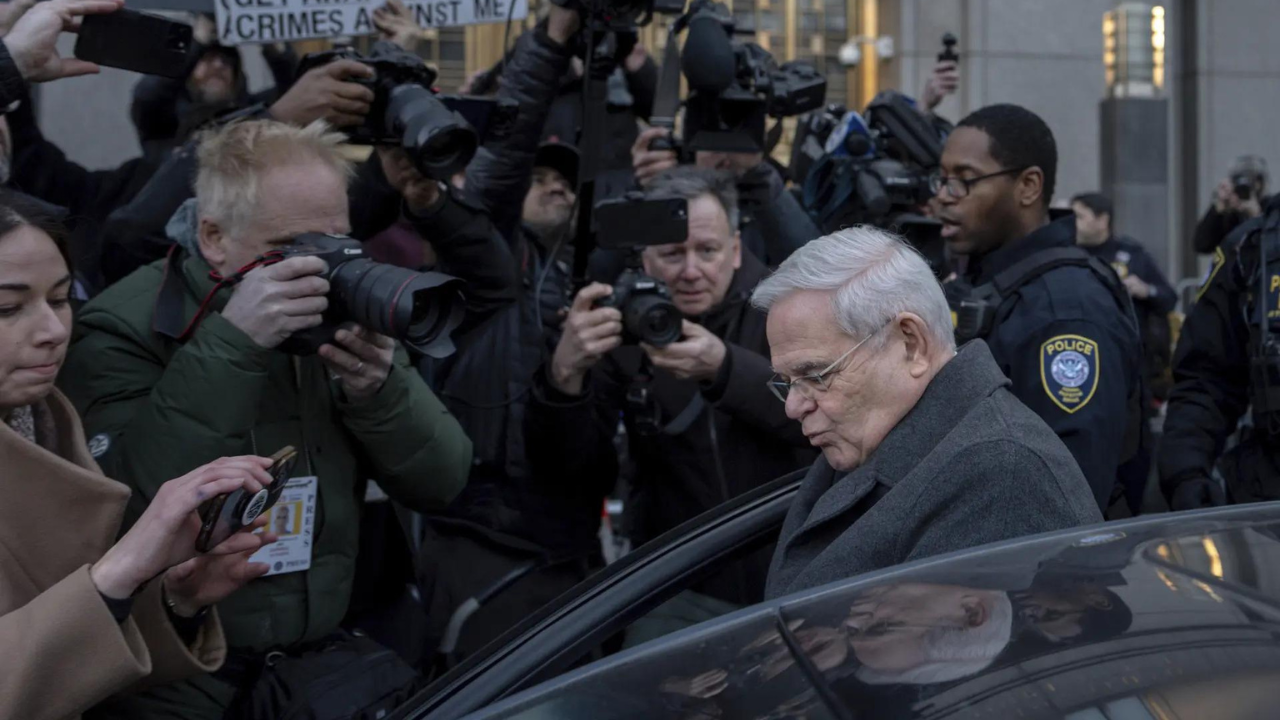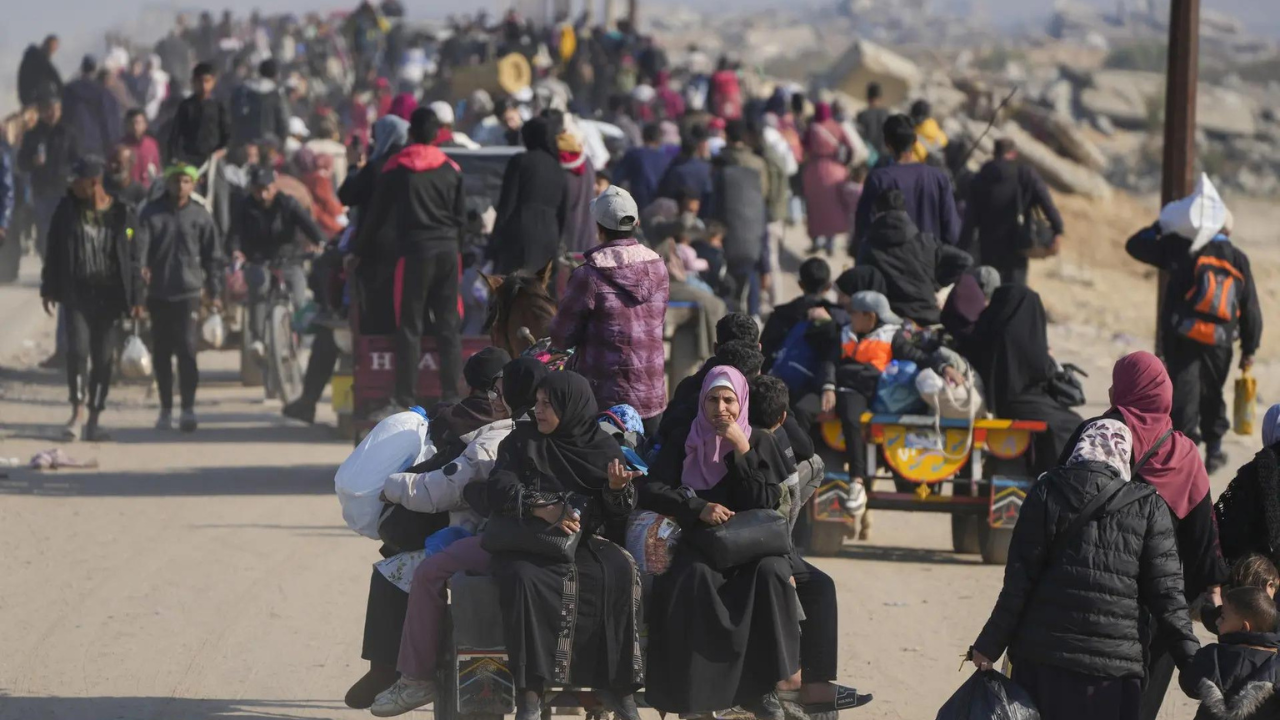Opinion: Trump Wants Russia-China To 'Denuclearise' - And They Don't Mind

Join our WhatsApp Community to receive travel deals, free stays, and special offers!
- Join Now -
Join our WhatsApp Community to receive travel deals, free stays, and special offers!
- Join Now -
The second coming of US President Donald Trump has been a roller coaster ride, pulling everyone and everything into his orbit. In recent days, that has included China, too. Following the US President's proposal for ‘denuclearisation', which he apparently discussed with an interested Vladimir Putin, Trump indicated that he would also put arms control proposals before China. Beijing responded with apparent positivity but basically said, ‘You go first'. No doubt, Russia and the US have much more than Beijing, but China is no longer that far behind.
This is Trump's second effort at arms control, and if it takes off, it will have to draw China in, eventually. His first attempt was futile. In fact, that exercise had made things worse and left arms control deals in tatters. This time may be different, but also more dangerous.
Talking to reporters at the Oval Office earlier, Trump pointed to the ‘wasteful' spending of billions of dollars on nuclear weapons by both Russia and the US, which could be put to use more profitably elsewhere. He also noted, quite correctly, that since China would be catching up soon, arms control was necessary. He also probably caused a notable stir in the Pentagon, where he called for cutting military budgets in half. Trump rather fancies himself as a negotiator; he had even offered to be the lead negotiator in talks during the Reagan administration, which implemented the landmark Intermediate Nuclear Forces Treaty of 1987 (INF) that withdrew an entire class of missiles the US had shrewdly placed in Europe. That was like a gun to Moscow's head. Reagan also signed START -1 (Strategic Arms Reduction Treaty), the first exercise for not just an actual reduction of nuclear weapons but also an extensive process of technical verification. That was when the Soviet Union was close to a collapse. Timing is everything.
Arms For Control
Trump has his own sense of timing in launching an arms control exercise. Ironically though, during his first term, he withdrew from the INF, citing Russian non-compliance, and hesitated to extend a new START. Both of these steps were due to an effort to push China into reducing its nukes at a time when Beijing had an estimated 280 warheads, compared to some 4,000 in the US arsenal. Not just that, the US by then had already launched the Strategic Defence Initiative (SDI), a huge space-based defence effort. In the event, Beijing was busy trying to multiply its capability, not limit it.
Today, it can be said that matters are different but also, uncannily the same. Trump has announced an ambitious nationwide ‘Iron Dome' programme, signed by Defence Secretary Pete Hegseth and to be delivered in 60 days. The US is in the middle of a complete transformation of all three legs of its nuclear arsenal, at a cost of $1.7 trillion over the next three decades, outpacing even Reagan's ‘Star Wars' splash. That means new warheads that open the door again to testing, and the development of ‘usable' nuclear warheads like the W76-2, first envisaged in Trump's first term Nuclear Review. All this, together with Trump's view that nukes should be used, is likely to ring alarm bells.
Meanwhile, the US has an operational need to switch from ICBMs that target Russia to an arsenal that can squarely take on China, which the Department of Defence refers to as a ‘pacing challenge'. Existing missiles will hardly be able to fly over Russia to hit Beijing, and that's risky. So, a reordering is required. And what better than to couple such a shifting and changing with arms control ‘deals'. That's the ultimate transaction—old weapons for new, where China and Russia might be discouraged from going for more modernisation even as the US retires its old arsenal.
Moscow Might Parley
Not that Russia is doing much modernising. It still keeps to its START limitations and has even continued the data exchange, abandoning only the Bilateral Consultative Commission after its invasion of Ukraine.
Russia was described by the Biden administration as an ‘acute threat' in its 2022 Nuclear Posture Review. By 2024, Moscow had expanded its nuclear doctrine to include non-nuclear states backed by nuclear powers, or even conventional aggression, which could affect its own response; this was a clear reference to the rising NATO threat.
Trump has now changed all that, stating more than clearly that the US was paying the bill for a war started by “dictator” Zelenskyy, and that NATO should never have advanced towards Ukraine. That would have greatly endeared him to Putin.
However, while Russia retains its formidable capability, its actual modernisation has been more on paper, with significant delays in key areas, like the Sarmat missile system. Soviet-era systems still dominate. Moscow needs more time and resources for serious R&D for new weaponry. It will, therefore, have no qualms about talks on reduction, which will open up a dialogue with the West after a decade, and also buy it more time. If it draws China into this, then that's even more attractive.
Beijing's ‘Minimal' Deterrent
Meanwhile, China's reaction to Trump's denuclearisation plan was typical. The Foreign Ministry spokesperson first declared that Russia and the US should make drastic cuts to their arsenal first before other powers join in. Besides, he said, China maintains only “the minimum level required by national security” and that it stands ready to work with all parties to firmly support the multilateral arms control regime with the United Nations at its core”. In other words, it wants not a bilateral treaty or even a multilateral one, but one mandated by the United Nations. That means bringing all powers to the table, including, presumably, India, Pakistan and North Korea. That's virtually an impossible task.
According to the US Defence Department, Beijing is also on a massive expansion plan and has created some 300 new ICBMs silos, many of them concentrated deep inside the country in Xinjiang and Inner Mongolia, away from intruding seaborne US missiles. While the US Defence Department often tends to overplay the Chinese threat and cites it as the largest navy in the world when it's the US and its allies who have far greater sophistication, especially in submarines, the fact remains that China is building at a furious pace. Beijing has always been chary of any arms control talks and usually tries to halt them in any way possible. Even so, a rare discussion was held in 2023, between Sun Xiaobo, the Chinese director-general of arms control, and Mallory Stewart, the US assistant secretary of state for arms control. Sun had described the meeting as candid, in-depth, and constructive. Nothing new appears to have been forthcoming, even though the Biden administration had been pushing for a level of transparency. The last serious talks were in 2018.
Don't Wait
In sum, things are shifting due to the ‘disruptive diplomacy' of the Trump administration. New Delhi should expect that sooner than later, Washington will push for the inclusion of all nuclear powers in a dialogue that goes nowhere. Both China and India will be aware that transparency doesn't benefit weaker powers. India has a special problem too, given the triangular nature of the threat it faces. True, Trump had little success in his last tenure in effecting arms control, but that doesn't mean he won't try, especially since he wants to leave a ‘legacy'. Delhi might need to ‘build up to bring down', as the saying goes. Don't wait for the whistle.
(Tara Kartha is a former director of the National Security Council Secretariat)
Disclaimer: These are the personal opinions of the author
What's Your Reaction?
 Like
0
Like
0
 Dislike
0
Dislike
0
 Love
0
Love
0
 Funny
0
Funny
0
 Angry
0
Angry
0
 Sad
0
Sad
0
 Wow
0
Wow
0















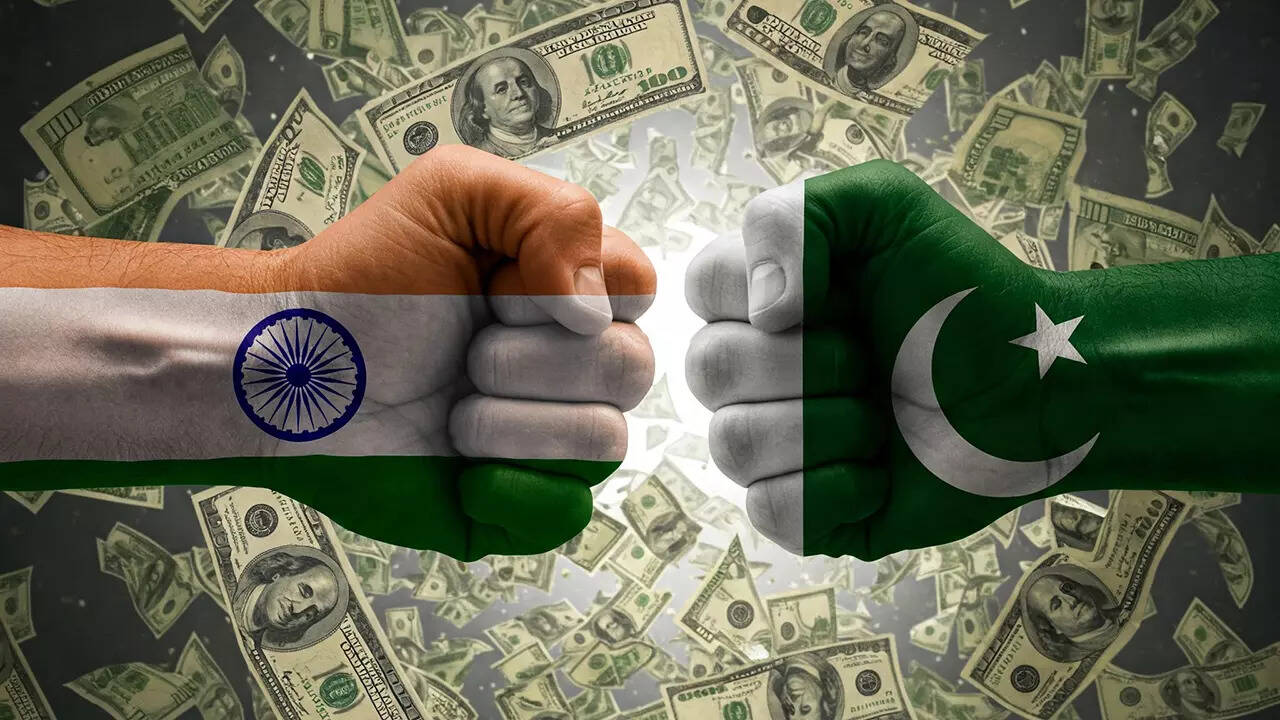













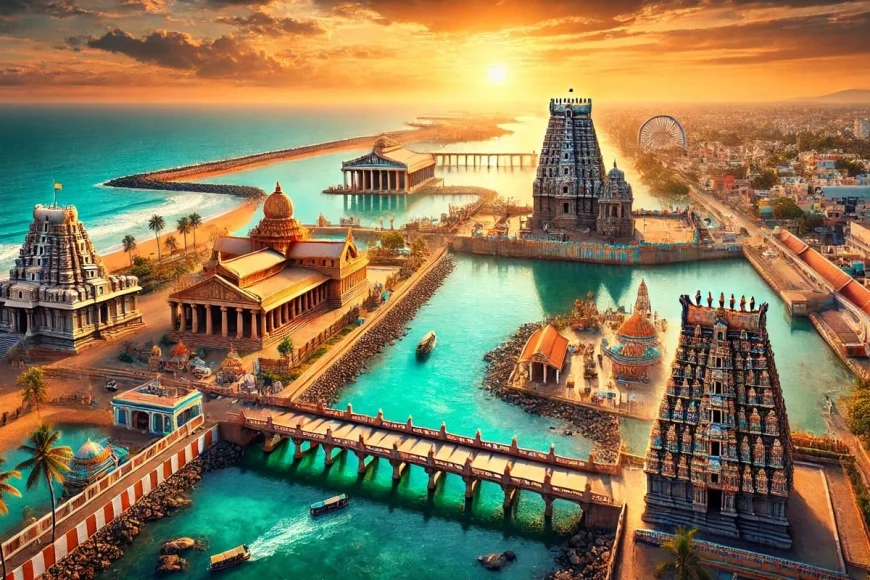
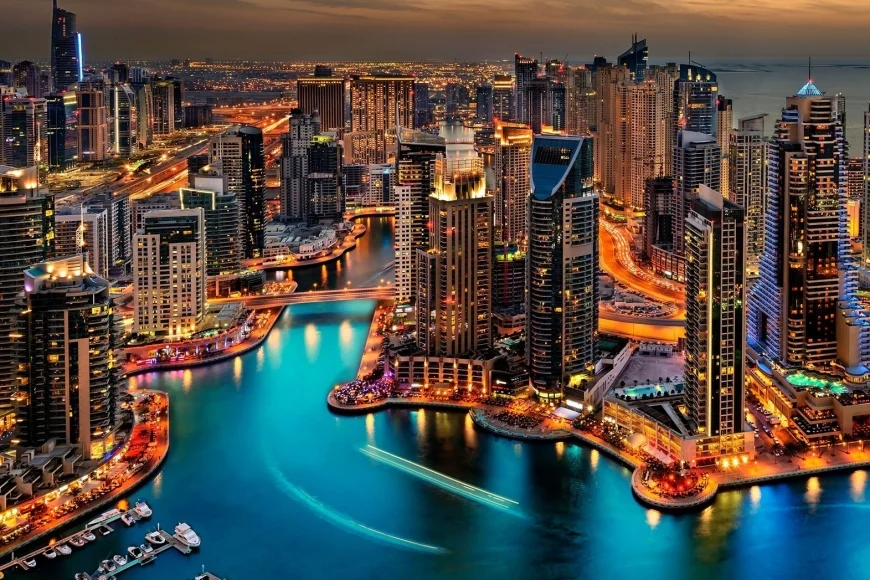








![Today's hottest deals - Kinsley Iron Blue Desk Pot at just Rs.49 [MRP ₹299]](https://savefree.in/uploads/images/202504/image_870x580_680c89dae6fdb.webp?#)



